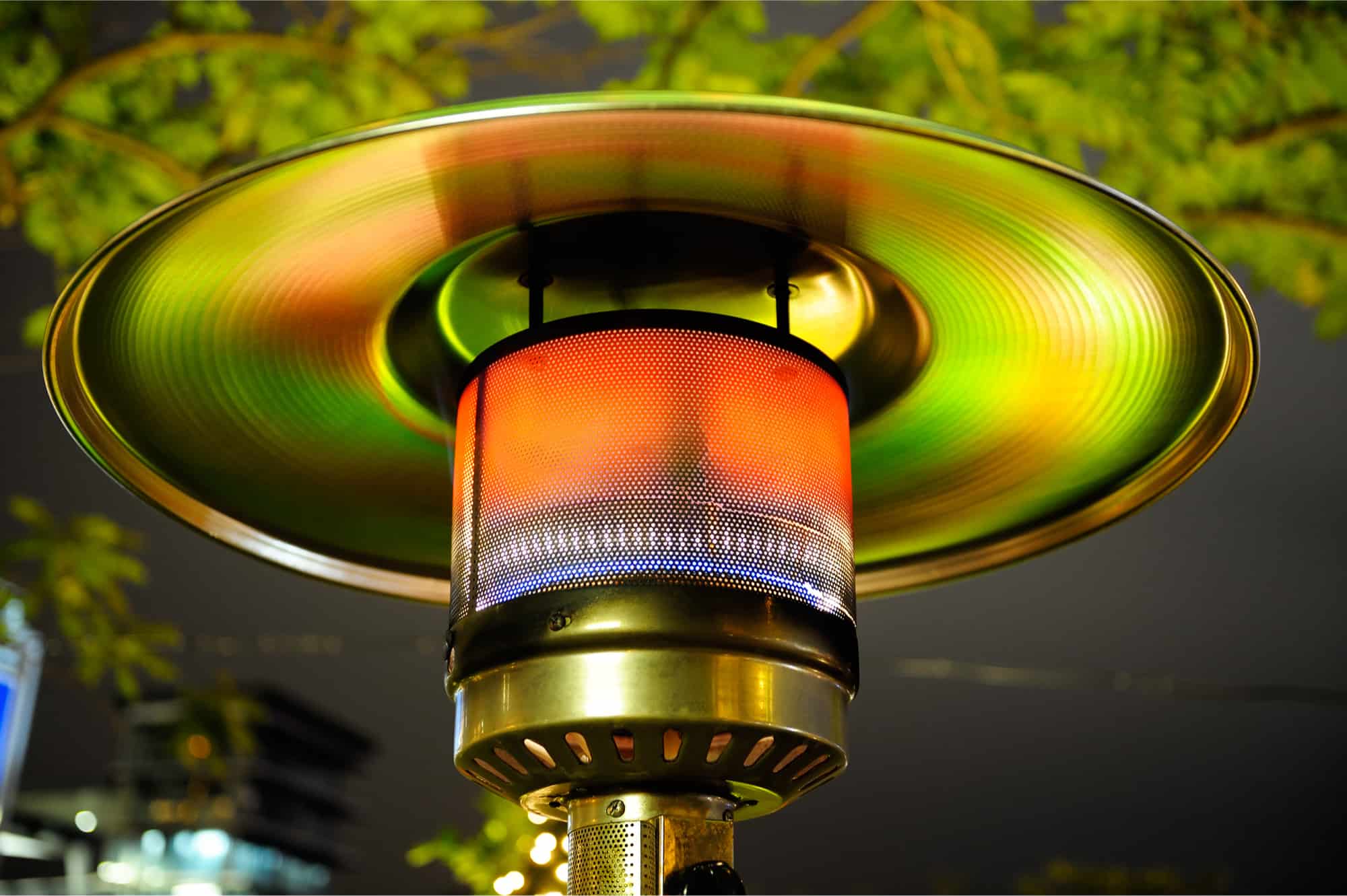
The fact is many homeowners are unaware that dry rot is even setting in, so the first step toward prevention is being able to diagnose possible areas of exposure before dry rot becomes a major renovation expense.
Remember that dry rot to your foundation can be an extremely costly repair and will definitely figure prominently into the total value of your property when a house inspection is completed prior to a sale.
As well, fungus and mold spores can affect the air quality of your home, which is a health problem for not only you and your family but also for prospective buyers.
Identifying Leaks To Your Water Membrane
In a very simple sense, discovering moisture or a leak on a wall or ceiling is an early sign that damage is occurring. Always inspect ceilings for particular evidence, especially around skylights and exhaust piping, as well as heating or cooling ducts. If damage was done to your roofing membrane during an installation or renovation, water can seep through.
Do an inspection of your basement in order to determine if any discoloring is happening to walls or wood. If you can smell mold or mildew, you may have a problem. However, this doesn’t mean that you’re already suffering from dry rot, just that the area is a hazard and should be sealed properly. Deal with the cause of the leak before you proceed to the repair stage.
Replacing The Affected Areas
If you have discovered wood that is either in the process of rotting, or has succumb to some water damage, the best thing to do is simply replace it. Once you’ve sealed the leak that initially caused the damage, discuss with your contractor the scope of the replacement job.
When installing new wood, it’s best to make sure that it’s treated with a Borate wood preservative to prolong its life and resilience to fungal infection. In some cases, you may not need to replace wood at all. You may be able to get away with only cleaning and then treating the area with Boric Acid, a fungicide that will slow down the spread of existing fungus and kill future growth.
Choosing The Right Fungicide And Preservative
This step will depend on the unique needs of your home’s situation. Generally, you have the option to choose between a dry powder and a glycol-based liquid concentrate. While the powder may appear less expensive, it may not do as thorough a job of absorbing deeply into the wood fibers.
Depending on the depth of fungal intrusion, you may need to use the more powerful liquid substance. Both are easy to apply, so you should be able to tackle this task yourself.
Maintaining the quality of your home is essential for keeping up its value when it comes time to sell. Call your trusted real estate professional today for more advice on preserving the value of your investment and identifying areas of risk and exposure to dry rot.
Remember that it’s far easier to deal with problems now before they develop into major expenses down the road.










